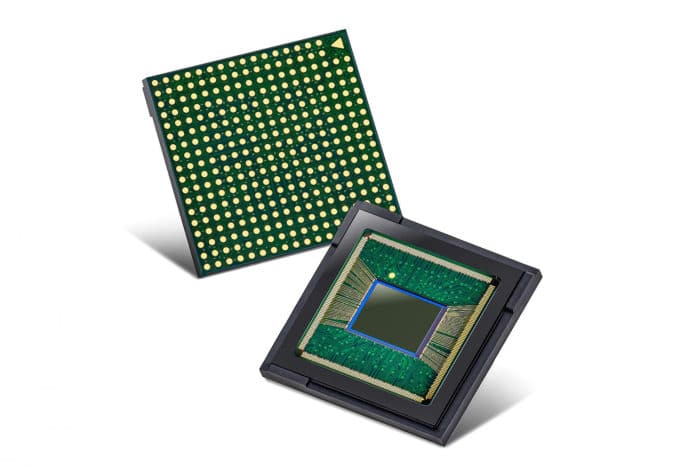Samsung is one of the companies that have conquered the image sensor industry. These chips are responsible for the photographic quality of mobile cameras. After seeing the 48-megapixel (MP) and even 108MP smartphone camera sensors, the new sensor shows that more megapixels may not always be better. Sometimes the size is more important than the number of pixels.
The South Korea-based technology giant introduced Samsung ISOCELL GN1, a new 50MP image sensor with large 1.2μm-sized pixels. This new sensor opens the door to brighter photos. As Samsung explains in the statement, it is also the first sensor that combines Dual Pixel and Tetracell technology.
Tetracell technology is the name Samsung has given to its pixel binning system, which should allow a combination of fast performance and good image quality in low lighting conditions.
The GN1 offers the best autofocusing in its class with 100 million phase-detection auto-focus (PDAF) agents. Its Dual Pixel technology places two photodiodes side-by-side within a single pixel that can receive light from different angles for phase detection. This helps achieve faster and more precise autofocus, even in the most moving photos. Along with these technologies, Samsung adds a software algorithm that takes the information from those two photodiodes to produce an image with a resolution comparable to 100 MP on a 50 MP sensor.
For even better low-light performance, the GN1 uses Tetracell technology that merges four pixels into one. It doubles the pixel size of the image sensor to 2.4μm and quadruples the light sensitivity to take brighter 12.5MP photographs.
Other features include HDR in real-time, gyroscope-based image stabilization, 8K recording at 30fps, and 1080p video at 400fps without autofocus and 240fps with support for autofocus.
As usual, the company does not indicate in which new phones this sensor will appear. The ISOCELL GN1 will go into mass production this month. That said, we expect smartphones equipped with this new sensor to be available on the market from the second half of this year.
